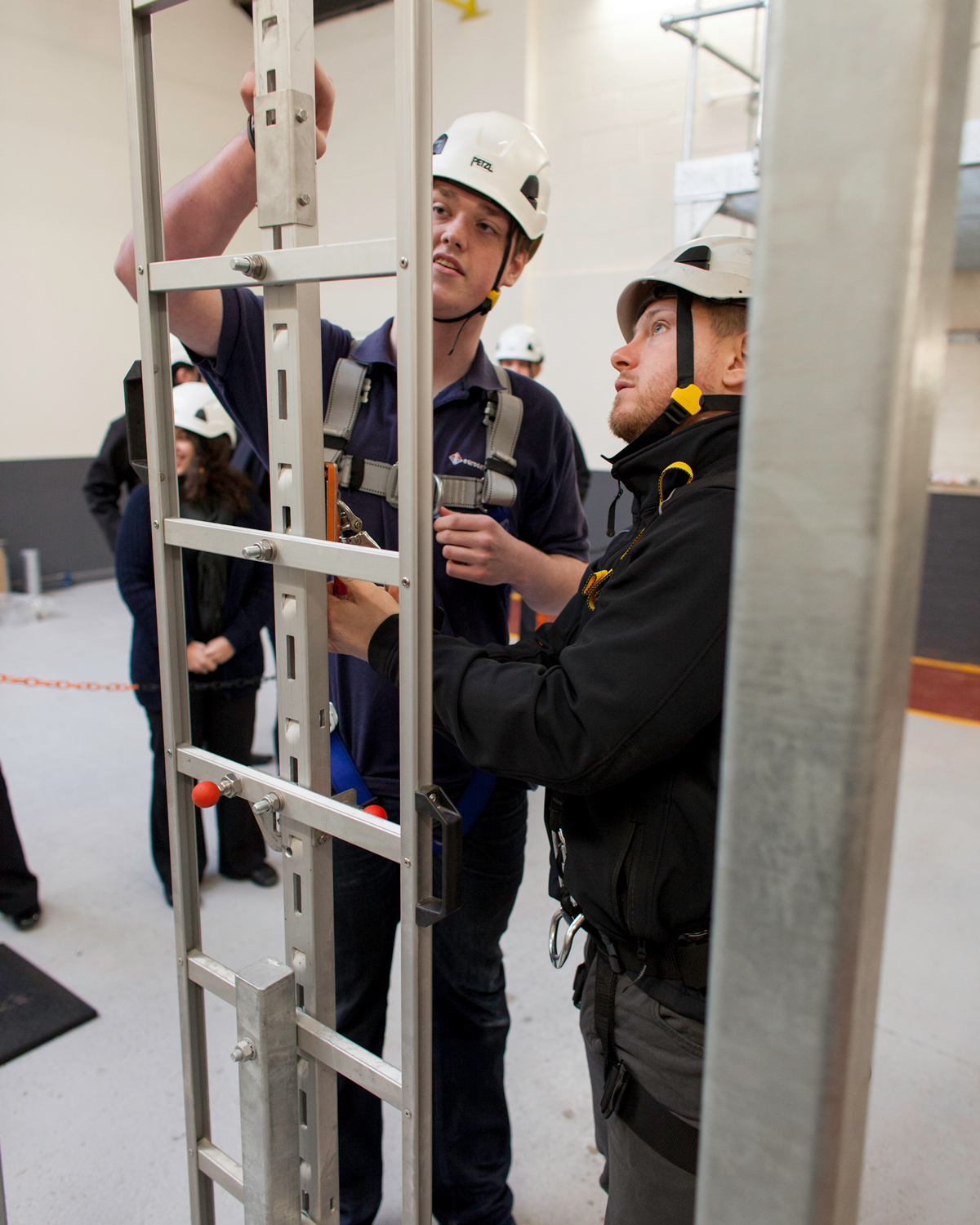
Height Safety in Government Sector
Working at height presents unique risks and challenges that require stringent safety measures, particularly within the government sector. Government employees may engage in a variety of tasks that necessitate working at height, from maintenance and construction to inspection and emergency response. Proper training in height safety is crucial to prevent accidents and ensure the safety and well-being of all personnel involved.

The government sector encompasses a wide range of activities, including infrastructure maintenance, public works, and regulatory inspections. Employees may find themselves working on rooftops, ladders, scaffolding, or elevated platforms.
- Infrastructure and Public Works: Employees in these areas often perform maintenance on buildings, bridges, and other structures. Height training must address the specific challenges of working in diverse environments, including urban settings and remote locations.
- Regulatory Inspections: Inspectors may need to access roofs, construction sites, and other elevated areas. Training should emphasise the importance of thorough risk assessments and the use of appropriate safety measures to ensure inspections are conducted safely.
- Emergency Response: Firefighters, police officers, and other emergency responders frequently work at height during rescue operations. Specialized training is essential to prepare these professionals for the unique risks they face, including rapid response situations where safety protocols must be executed swiftly and effectively.
The inherent risks associated with these activities include falls, which can result in serious injuries or fatalities. Therefore, comprehensive height safety training is essential to equip employees with the knowledge and skills needed to perform their duties safely and effectively.
Key Components of Height Safety Training
Risk Assessment and Planning:
- Hazard Identification: Identifying potential hazards associated with specific tasks and environments.
- Risk Mitigation: Developing strategies to minimize identified risks, including the use of appropriate personal protective equipment (PPE) and safety systems.
- Emergency Planning: Preparing for emergencies, including rescue procedures and first aid.
Understanding Equipment and Tools:
- Ladders and Scaffolding: Proper selection, inspection, and usage of ladders and scaffolding.
- Fall Arrest Systems: Utilizing harnesses, lanyards, and anchor points to prevent falls.
- Lifts and Platforms: Safe operation of cherry pickers, scissor lifts, and other elevated work platforms.
Safe Work Practices:
- Proper Use of PPE: Ensuring all necessary protective equipment is worn and used correctly.
- Securing Work Areas: Setting up barriers and warning signs to protect both workers and the public.
- Environmental Awareness: Being mindful of weather conditions, surface stability, and other environmental factors that can impact safety.
Training and Competency Development:
- Initial Training: Providing comprehensive training for new employees and those new to working at height.
- Ongoing Education: Offering regular refresher courses and updates on best practices and regulatory changes.
- Practical Exercises: Conducting hands-on training sessions that simulate real-life scenarios to enhance skills and confidence.
Eurosafe Height Safety Training
Height safety training is a vital component of occupational health and safety in the government sector. By investing in comprehensive training programs, government agencies can ensure that employees are well-equipped to handle the risks associated with working at height. This not only protects the workers but also enhances operational efficiency and public safety. Regular training, practical drills, and a commitment to ongoing education are key to maintaining high safety standards and fostering a culture of safety across all government operations.
Eurosafe has been a market leader in the fall protection industry and using this experience can provide a range of market-leading height safety training courses built around workers’ individual requirements and developed to provide them with an appropriate level of training.
















